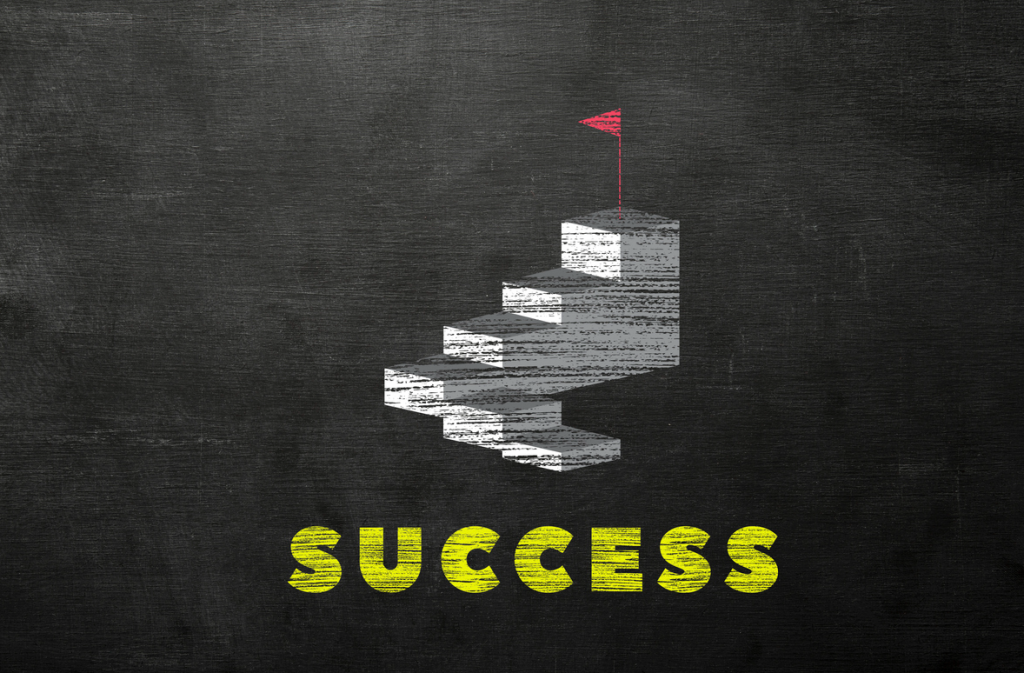
What does it take to have a social selling program that drives results?
ReadyForSocial™ is the only all-in-one program that can power your entire sales team on social media. Contact us to get started!
This is the 3rd part of our mini-series “Increase ROI with social selling” for enterprise rainmakers. The content is based on our experience with implementing and managing successful social selling programs since 2014 in Fortune 500, DAX, and mid-sized companies in the US and Europe. Our longest-running social selling program has been in place since 2018, and our largest program has over 1,000 social sellers at a single company.
As the revenue leader for your enterprise, you’re always looking for new ways to drive growth. And with the rise of social media, you’ve likely considered incorporating social selling into your sales strategy. Social selling has become a mainstream part of the marketing mix in many industries because it has proven its potential to capture additional revenue opportunities in B2B.
In our first two blog posts, we’ve developed a clear understanding of what social selling is and how it can help you reach your goals. The benefits for enterprise companies are plentiful, reaching from improved customer engagement to increased brand visibility to higher sales. But to drive results, you must build your program on a solid foundation. We show you some of the key elements necessary for success right here.
The five essential pillars for a successful social selling program:
To use social selling to its full potential, you need to build your program on five essential pillars. These five pillars provide a framework for success that drives results for your entire company. Let’s take a closer look at each of them to provide you with an easy guide for your social selling journey.

1. Create a content strategy that resonates with your target audience.
The first step in creating a successful social selling program is defining your target audience and understanding what content will resonate with them. You will need content that your social sellers can share on social media that will interest your customers and prospects. This content should focus on educating your audience and positioning your sellers as experts. Don’t make the mistake of focusing on your business and solutions alone.
Your marketing team will need to invest some time researching and brainstorming about where your clients’ industry is going and put together a relevant content strategy with a mix of original and 3rd party (industry) content.
2. Train your salespeople to get the content in front of your audience and start conversations.
Traditional sales techniques have worked for decades and will still be relevant in the foreseeable future. However, social selling requires a different skill set and a shift in cultural perspectives to some degree. Be sure to provide the training and resources your team needs to be successful.
Your sellers need to understand the importance of social selling for you to get their buy-in. No matter how well-equipped they are, they will not see results if they do not use the tools and strategies you’ve provided.
Your sellers must also realize that they are the key actors in this play. Ensure they learn how to present themselves—and your company—on social platforms like LinkedIn. Professional social media profiles have become digital business cards and are often the first impression people will get of your sellers—and sometimes of your company. With that, they’ll have to learn techniques and etiquette of online networking, interaction, and effective social outreach strategies.
We recommend a sequence of training sessions, followed by a series of “office hours” where salespeople can dial in, ask questions, and exchange newly learned best practices.

3. Provide an efficient content distribution process.
You want your sellers to maximize the outcome of their time spent on social activities. That means you must provide them with tools to make their lives as social sellers as easy as possible. Typically, these tools are a library of curated and approved content that will allow your salespeople to quickly find relevant content and share it with their networks with a mouse click. You can also help them create an automated yet personalized content workflow with innovative content tools.
An intelligent and easy-to-use content distribution tool makes your marketing team more efficient. It provides your marketing with a simple way of organizing relevant content according to industries or along the sales funnel, sharing it with your sellers, and even tracking results.
4. Deliver a way of tracking and measuring success.
Key metrics will vary depending on your goals, but important ones to track include social reach, website traffic from social, and leads generated from social. Monitoring these metrics helps you see what’s working, realize what needs improvement, and adjust your program accordingly.
Our favorite metrics for tracking the success of a social selling program include variables such as the number of leads generated, the number of sales closed, the engagement rate, the click-through rate, and the conversion rate.
For some of those metrics, notably the number of leads and sales, you will likely need integration with your CRM system down the road. But many enterprises, even with longer-standing social selling programs, create workarounds to get this data. We, for instance, conduct regular surveys with our clients’ social sellers, where we get this data first-hand. It’s not 100% accurate, but it’s insightful and often good enough to understand if your program is bringing you a return on your investment.

5. Ensure best practices for making your social selling program even more successful.
Do you want to make your social selling program even more successful? Then ensure your senior leadership is visibly supportive of the program by sharing content and participating in activities such as training sessions. You can also encourage participation by ‘rewarding’ participation, successful best practices, or leads and business generated with the help of social media.
From our experience, it is much more effective to give social sellers exposure internally—e.g., by inviting them to speak at an all-hands or leadership meeting—or featuring a successful post in your internal newsletter. We don’t believe in giving out material rewards, such as gift cards, because they typically lose their appeal quickly.
But we have some more tricks up our sleeves. It can also be helpful to establish a way for salespeople to ask questions easily or share best practices. Designating a Teams or Slack channel for social selling is a quick and simple solution that doesn’t require a lot of planning.
What does social selling cost?
After learning the five essential pillars for a successful social selling program, you’re probably curious to get a ballpark number of the investment you’re looking at.
From our experience, you will land between $100–$200 per seat per month. This amount is per salesperson who is participating in the program per month. This estimate contains all the above elements, including your internal resources and payouts to your suppliers and vendors.
Obviously, the estimated amount will be significantly smaller if your social selling program includes 1000s of salespeople. Then you’ll certainly have some economies of scale that you can leverage. On the other hand, if you’re looking at a very small program, you might end on the upper spectrum of our scale.

The impact of your sourcing strategy
Another factor to keep in mind is your sourcing strategy, which can influence the cost. Ask yourself how much you use internal vs. external resources. Do you work with one vendor or create a solution for multiple vendors—which risks requiring more overhead and making your buying process harder.
Many clients go with a single provider with the desire of a professional running their social selling program on their behalf to save them the hassle.
Have you already started on your social selling journey, but things are going poorly? Don’t start pointing fingers. Instead, try to find the bumps on the road and adjust your approach. If you still can’t figure out the problem, ask an expert for help.
Social selling is a marathon, not a sprint
Now that you know what it takes to create a successful social selling program, getting on the road to social selling success should be a breeze. You can easily see results and an ROI of 5–8X if executed well. This prediction is based on our experience with enterprise programs between 20 and 500 social sellers in Europe and the US.
But remember: Results do not happen overnight. Social selling is a long game. It takes time to build relationships and establish trust on social media. So be patient and give your team time to get comfortable with the platform and build relationships with potential customers. Consistency is key to long-term success on social. And who doesn’t want to be successful for years to come?

Image credits: iStock.com (Be-Art, Altayb, marrio31, A-Digit), Freepik.com (binkontan)

